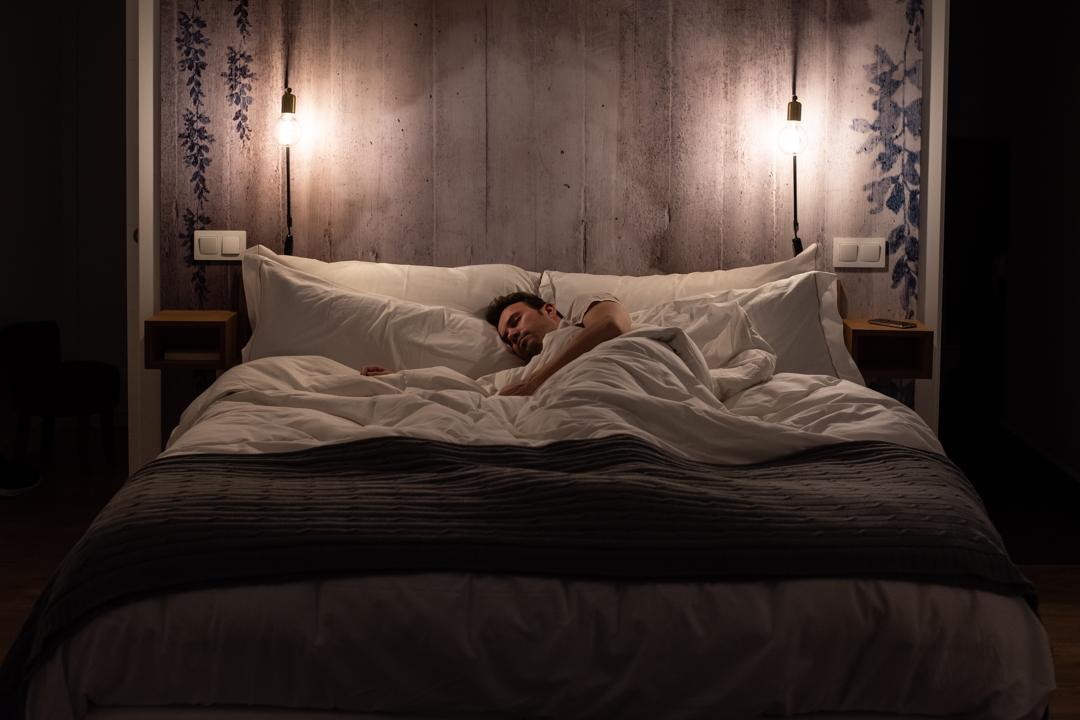The Role of Light in Regulating Sleep Cycles
Sleep is a fundamental aspect of our overall health and well-being. It plays a vital role in various physiological and cognitive functions, including memory consolidation, immune system regulation, and emotional well-being. Understanding the role of light in regulating sleep cycles is crucial for those seeking to improve their sleep quality and establish healthy sleep patterns.
Understanding the Circadian Rhythm
The circadian rhythm is an internal biological clock that regulates our sleep-wake cycle. It is primarily influenced by external cues, with light being the most significant factor. Light exposure, especially natural light, helps synchronize our internal clock with the external environment. This synchronization is essential for maintaining a healthy sleep-wake cycle.
How Light Affects Sleep Quality
Exposure to natural light during the day has a positive impact on sleep quality. It helps regulate the circadian rhythm, promotes alertness, and enhances overall well-being. Spending time outdoors, especially in the morning, can help reset the internal clock and improve sleep patterns.
On the other hand, exposure to artificial light, particularly blue light emitted by electronic devices and energy-efficient light bulbs, can disrupt the sleep-wake cycle. Blue light suppresses the production of melatonin, a hormone that regulates sleep. This can lead to difficulties falling asleep and disrupted sleep throughout the night.
Creating a Sleep-Friendly Environment
Creating a sleep-friendly environment is crucial for optimizing sleep quality. The bedroom should be dark, quiet, and comfortable. The right lighting plays a significant role in creating an ideal sleep environment.
Product Spotlight
Aggregate Rating
Our Rating
Tranquil Sleep by Natural Factors is a natural sleep aid that promotes restful sleep. Its key features include a blend of calming herbs, melatonin, and 5-HTP to help you fall asleep faster and wake up feeling refreshed.
Choosing the Right Lighting
When it comes to bedroom lighting, warm and dim lights are the most suitable for relaxation. Avoid bright and cool lights before bedtime, as they can interfere with the production of melatonin and make it harder to fall asleep. Consider using smart lighting systems that allow you to adjust the color and intensity of the lights according to your needs.
Utilizing Light Therapy
Light therapy is a technique that involves exposure to bright artificial light to regulate the circadian rhythm and improve sleep. It can be particularly beneficial for individuals with circadian rhythm disorders or seasonal affective disorder (SAD). Light therapy devices simulate natural sunlight and can be used in the morning to promote wakefulness or in the evening to adjust the internal clock.
Tips for Optimizing Sleep and Light Exposure
Establishing a consistent sleep schedule is crucial for maintaining a healthy sleep-wake cycle. Going to bed and waking up at the same time every day helps synchronize the circadian rhythm and improve sleep quality.
Maximizing exposure to natural light during the day is another effective strategy. Spend time outdoors, especially in the morning, to receive ample sunlight. This helps regulate the internal clock and promotes alertness during the day.
To minimize exposure to artificial light before bedtime, consider implementing the following tips:
- Dim the lights in your home as bedtime approaches
- Avoid using electronic devices with bright screens at least one hour before bed
- Use blue light filters or apps that reduce blue light emission on your electronic devices
Incorporating relaxation techniques and bedtime rituals can also enhance sleep quality. Engage in activities that promote relaxation, such as reading a book, taking a warm bath, or practicing mindfulness meditation.
Conclusion
Understanding the role of light in regulating sleep cycles is crucial for achieving optimal sleep quality. By prioritizing exposure to natural light, creating a sleep-friendly environment, and implementing effective strategies to optimize sleep and light exposure, individuals can improve their sleep patterns and overall well-being.
References:

